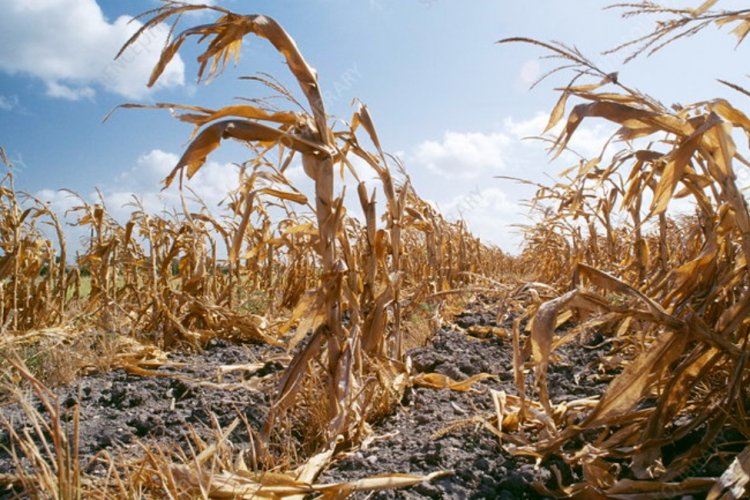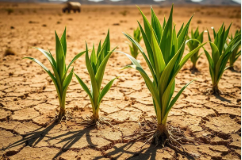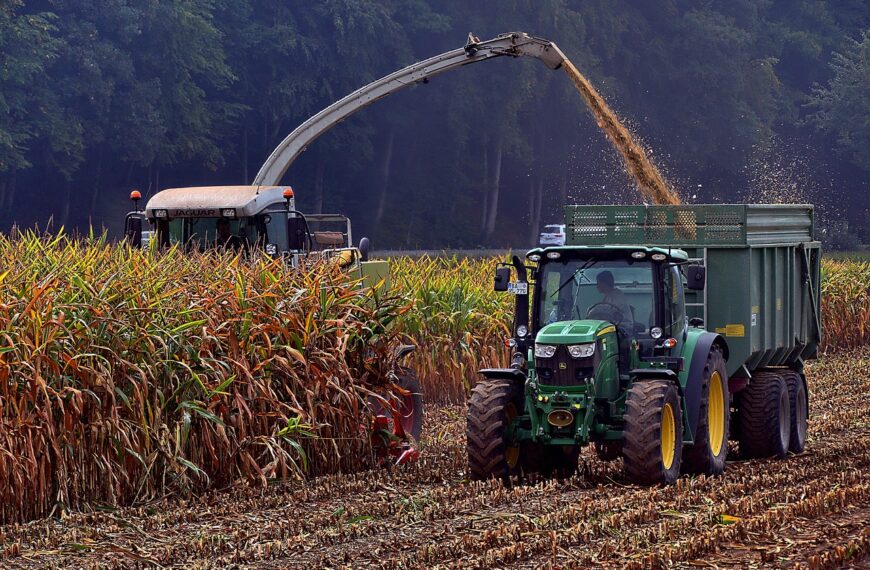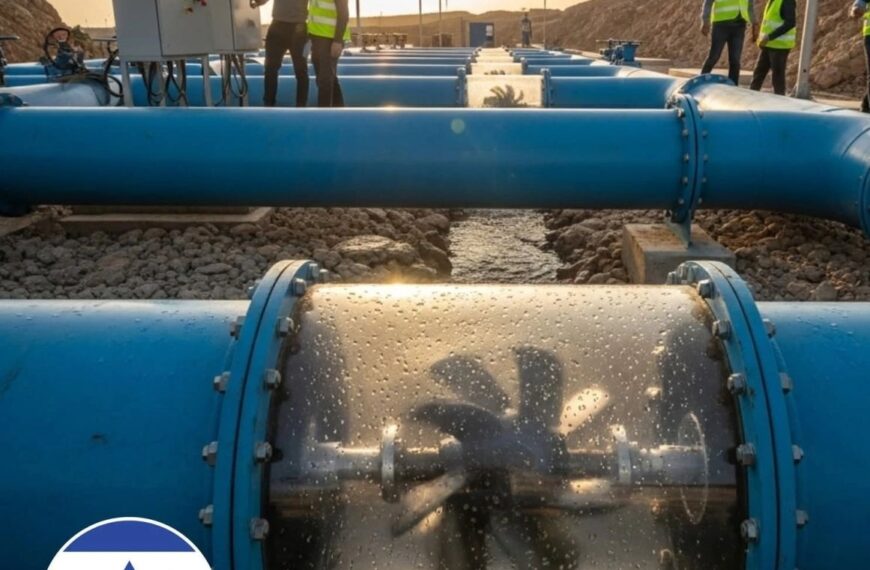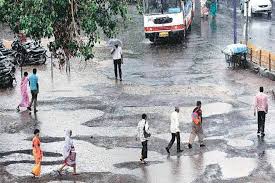
Monsoon showers have brought a wave of relief and optimism across Gujarat, as 12 districts in the state have recorded over 50% above-normal rainfall so far this season. After a sluggish start to the monsoon, the recent surge in rains has significantly improved water availability and revived sowing activities for the ongoing kharif season.
According to data from the State Emergency Operations Centre, districts such as Valsad, Navsari, Dang, Tapi, and Narmada are among those that have received significantly higher-than-average rainfall. In many areas, the rains arrived just in time to support sowing of key crops like cotton, groundnut, paddy, and pulses. Farmers, who were previously concerned about delayed planting due to dry conditions, are now back in the fields with renewed hope.
Agricultural experts note that this surplus rainfall has helped recharge reservoirs, replenish groundwater levels, and increase the soil moisture necessary for healthy crop germination and early growth. While some low-lying areas reported temporary waterlogging, officials say the overall impact of the rain has been positive.
With nearly half of the state’s total kharif acreage already under cultivation, the timely rains are expected to push sowing closer to the seasonal target in the coming weeks. The agriculture department is closely monitoring crop health and has urged farmers to take advantage of government advisories related to pest control and fertilization, especially given the high humidity levels that follow heavy rains.
The state government has also ramped up contingency planning and resource mobilization to ensure that farming operations continue smoothly. Seed distribution centers, fertilizer supply chains, and extension services are all being activated at the village level.
The India Meteorological Department (IMD) has forecast continued moderate to heavy rainfall in parts of Gujarat over the next few days, which could further support the sowing momentum.
Overall, the 50% surplus rainfall in these 12 districts is being seen as a much-needed boost to Gujarat’s agricultural landscape, raising hopes for a productive kharif harvest and a more stable rural economy in the months ahead.


